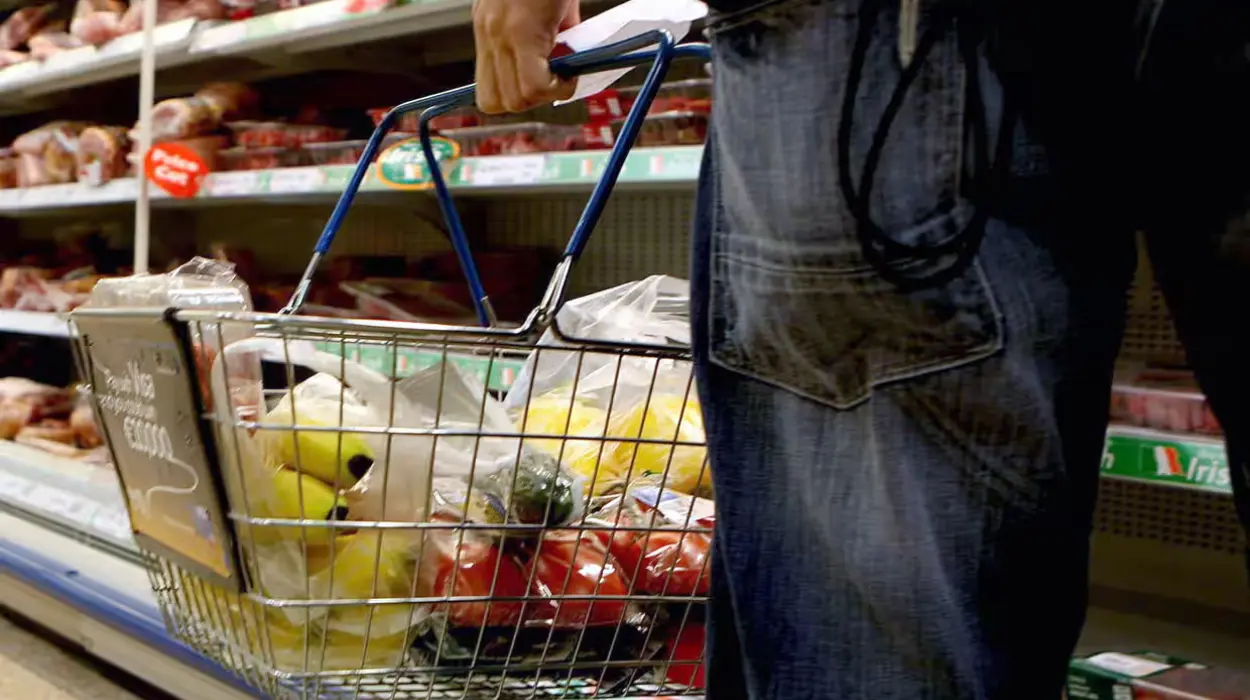London (Parliament Politics Magazine) – Inflation in the UK rose to 2.3% in October, heaping stress on the Bank of England to delay further interest rate cuts until next year.
Statistics released by the UK’s Office for National Statistics (ONS) revealed that a peak in energy bills pushed up the consumer prices index (CPI), changing a downward trend this year in inflation, which was 1.7% in September. The figure for the year to October was slightly beyond the 2.2% City economists had expected.
How have energy bills impacted consumer price trends?
The Office for National Statistics stated higher gas and electricity costs were compensated by lower oil prices, which eased the transport and raw materials costs of manufacturing businesses. Decreases in the price of theatre and live music tickets also allowed to limit the fastest month-on-month growth in prices since October 2022, at 0.6%. The quarterly energy price cap increased by 10% to £1,717 in October, and the cap is forecast to increase again in January, to put annual bills at £1,736.
Moreover, retailers have expressed that measures notified in Labour’s budget last month will ultimately lead to higher costs, and the tax rises have already struck consumer trust.
According to Suren Thiru, the economics director at the Institute of Chartered Accountants in England and Wales, the figures demonstrated “a disappointing resurgence in inflation” as the benefits of falling energy costs last year changed to become a headwind. “Inflation should drift gradually higher from here, with rising energy bills, the impact of the budget and global trade frictions likely to keep the headline rate hovering above the Bank of England’s 2% target until well into 2025.”
What challenges does rising inflation pose for the Bank of England?
Policymakers at the Bank, who are entrusted with keeping inflation around 2%, have cut interest rates twice to 4.75%, but a further decline at a meeting in December is likely to be put off until at least February. Economists expressed the central bank would have a more complicated task deciding when to cut the expense of borrowing over the next few months after a surprise growth in services inflation and core inflation, which strips out flammable elements such as food and fuel. Core inflation rose from 3.2% to 3.3%, confounding a consensus forecast for a small fall to 3.1%, and services inflation increased from 4.9% to 5%.


